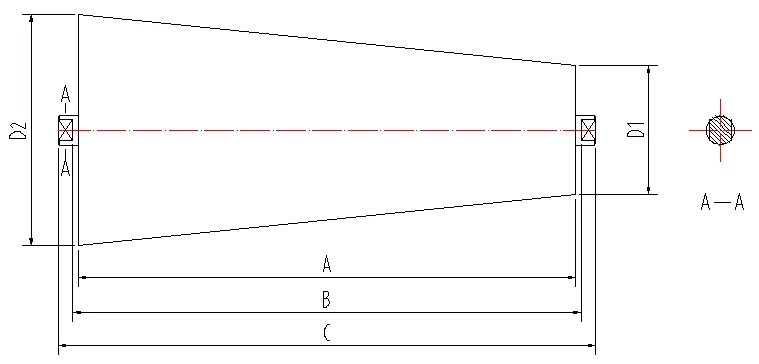 Afrikaans
Afrikaans  Albanian
Albanian  Amharic
Amharic  Arabic
Arabic  Armenian
Armenian  Azerbaijani
Azerbaijani  Basque
Basque  Belarusian
Belarusian  Bengali
Bengali  Bosnian
Bosnian  Bulgarian
Bulgarian  Catalan
Catalan  Cebuano
Cebuano  Corsican
Corsican  Croatian
Croatian  Czech
Czech  Danish
Danish  Dutch
Dutch  English
English  Esperanto
Esperanto  Estonian
Estonian  Finnish
Finnish  French
French  Frisian
Frisian  Galician
Galician  Georgian
Georgian  German
German  Greek
Greek  Gujarati
Gujarati  Haitian Creole
Haitian Creole  hausa
hausa  hawaiian
hawaiian  Hebrew
Hebrew  Hindi
Hindi  Miao
Miao  Hungarian
Hungarian  Icelandic
Icelandic  igbo
igbo  Indonesian
Indonesian  irish
irish  Italian
Italian  Japanese
Japanese  Javanese
Javanese  Kannada
Kannada  kazakh
kazakh  Khmer
Khmer  Rwandese
Rwandese  Korean
Korean  Kurdish
Kurdish  Kyrgyz
Kyrgyz  Lao
Lao  Latin
Latin  Latvian
Latvian  Lithuanian
Lithuanian  Luxembourgish
Luxembourgish  Macedonian
Macedonian  Malgashi
Malgashi  Malay
Malay  Malayalam
Malayalam  Maltese
Maltese  Maori
Maori  Marathi
Marathi  Mongolian
Mongolian  Myanmar
Myanmar  Nepali
Nepali  Norwegian
Norwegian  Norwegian
Norwegian  Occitan
Occitan  Pashto
Pashto  Persian
Persian  Polish
Polish  Portuguese
Portuguese  Punjabi
Punjabi  Romanian
Romanian  Russian
Russian  Samoan
Samoan  Scottish Gaelic
Scottish Gaelic  Serbian
Serbian  Sesotho
Sesotho  Shona
Shona  Sindhi
Sindhi  Sinhala
Sinhala  Slovak
Slovak  Slovenian
Slovenian  Somali
Somali  Spanish
Spanish  Sundanese
Sundanese  Swahili
Swahili  Swedish
Swedish  Tagalog
Tagalog  Tajik
Tajik  Tamil
Tamil  Tatar
Tatar  Telugu
Telugu  Thai
Thai  Turkish
Turkish  Turkmen
Turkmen  Ukrainian
Ukrainian  Urdu
Urdu  Uighur
Uighur  Uzbek
Uzbek  Vietnamese
Vietnamese  Welsh
Welsh  Bantu
Bantu  Yiddish
Yiddish  Yoruba
Yoruba  Zulu
Zulu Understanding the Benefits and Applications of Tapered Roller Bearings in Various Industries
Understanding Tapered Roller Bearings Key Features and Applications
Tapered roller bearings are crucial components in a wide range of mechanical systems, notably in automotive, aerospace, and heavy machinery applications. Their design is specifically engineered to handle both radial and axial loads, making them versatile and efficient for various operational requirements. This article will delve into the fundamental characteristics, advantages, and applications of tapered roller bearings.
Structure and Design
The tapered roller bearing consists of an inner ring (cone), an outer ring (cup), and a set of tapered rollers spaced evenly between the two. The cones are designed in a way that their tapered shape allows for the proper orientation of the rollers, enabling them to make contact with both the inner and outer rings at a specific angle. This unique geometry distributes loads more evenly than conventional cylindrical roller bearings, enhancing their performance in dynamic applications.
Load Distribution
One of the main benefits of tapered roller bearings is their exceptional load distribution capability
. They are specifically designed to accommodate combined loads, which means they can handle both radial forces (perpendicular to the shaft) and axial forces (along the shaft). This dual-functionality is particularly beneficial in applications such as automotive wheel hubs, where vehicles experience forces from various directions during operation.Moreover, the contact angle of tapered roller bearings can be adjusted by employing different arrangements or sizes of the rollers. A larger contact angle allows for increased axial load capacity, making these bearings suitable for heavy-duty applications. This adaptability is a significant advantage over other types of bearings, such as ball bearings, which are limited in their load-bearing capabilities.
Advantages
Tapered roller bearings provide several advantages that make them a preferred choice in many engineering applications
tapered roller

1. High Load Capacity The design allows for higher load capacities compared to straight roller bearings, enabling them to be used in more demanding environments. 2. Durability With proper lubrication, tapered roller bearings can operate efficiently under high-stress conditions, leading to longer service life and reduced maintenance costs.
3. Versatility They can be used in a variety of applications, including automotive transmissions, axle systems, and industrial machinery, proving their flexibility in design.
4. Ease of Installation These bearings are easy to install and can be adjusted for preload to fit the specific requirements of the application.
Applications
Tapered roller bearings find applications across numerous industries due to their versatile nature. In the automotive sector, they are commonly utilized in wheel hub assemblies, differential gears, and drive axles, where they facilitate smooth rotation and contribute to overall vehicle stability. In heavy machinery, they are essential in construction equipment, where they support the load of various components, ensuring optimal performance under harsh conditions.
Furthermore, in aerospace applications, these bearings are employed in landing gear and control surfaces, where reliability and performance are paramount. Their ability to handle dynamic loads and provide stability makes them indispensable in ensuring the safety and efficiency of aircraft operations.
Conclusion
In summary, tapered roller bearings are a vital component in diverse applications, characterized by their unique design that allows for high load capacity and versatility. As engineering demands continue to evolve, the significance of tapered roller bearings in maintaining the performance and reliability of mechanical systems will remain paramount. Understanding their structure, advantages, and applications can help engineers and designers make informed choices for their projects, leveraging the benefits that these bearings offer for improved efficiency and longevity in various operational contexts.
-
Revolutionizing Conveyor Reliability with Advanced Rubber Lagging PulleysNewsJul.22,2025
-
Powering Precision and Durability with Expert Manufacturers of Conveyor ComponentsNewsJul.22,2025
-
Optimizing Conveyor Systems with Advanced Conveyor AccessoriesNewsJul.22,2025
-
Maximize Conveyor Efficiency with Quality Conveyor Idler PulleysNewsJul.22,2025
-
Future-Proof Your Conveyor System with High-Performance Polyurethane RollerNewsJul.22,2025
-
Driving Efficiency Forward with Quality Idlers and RollersNewsJul.22,2025





























